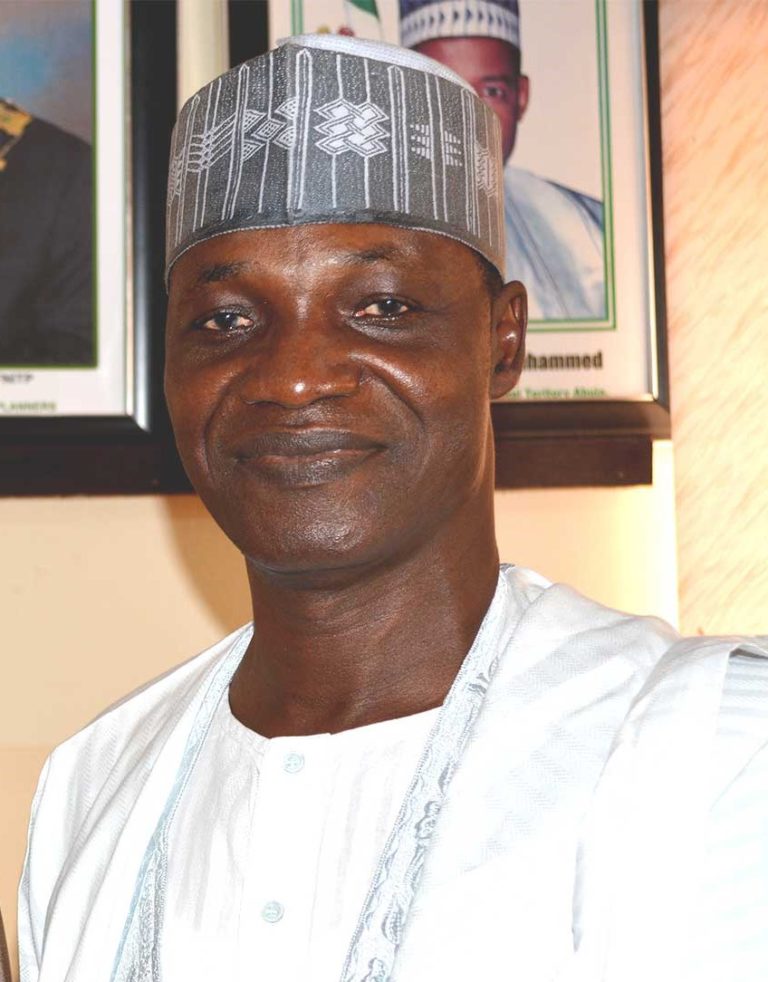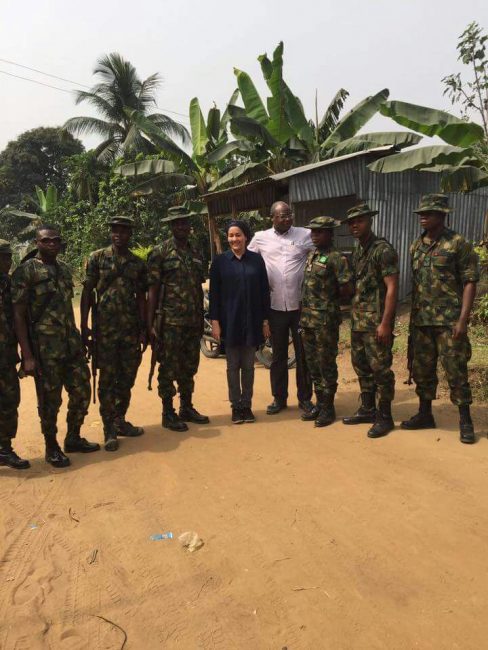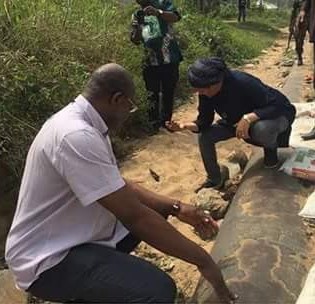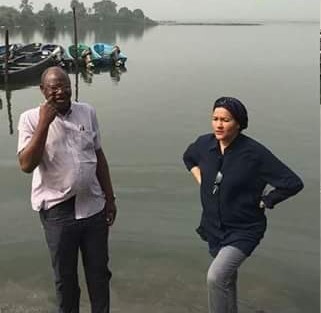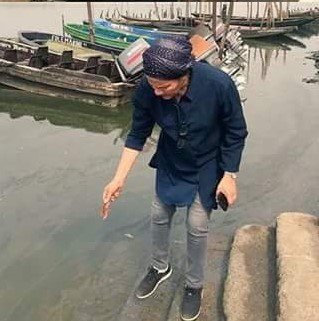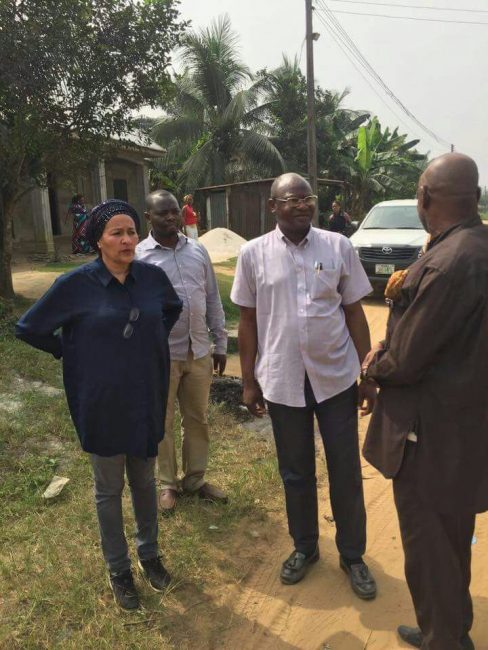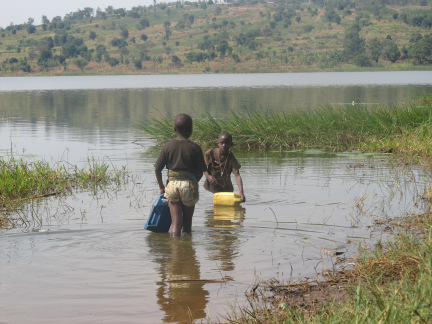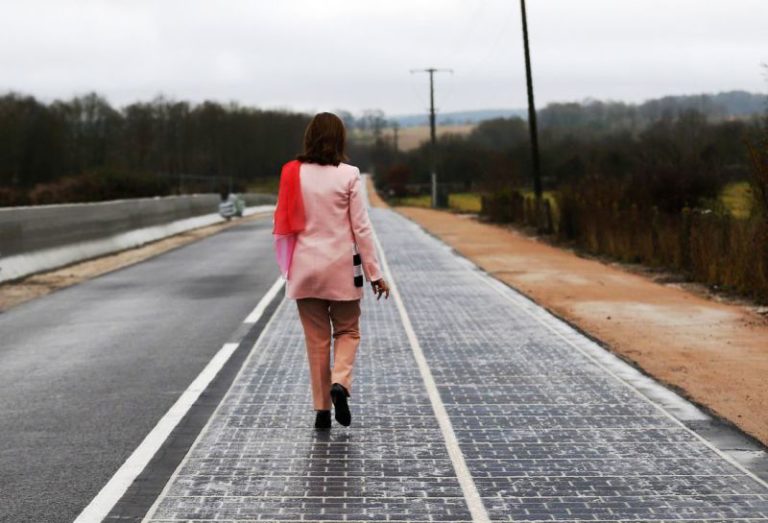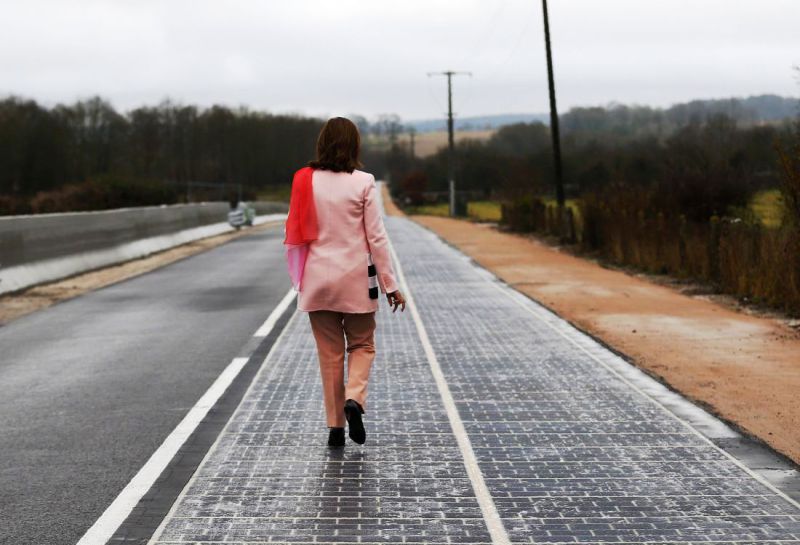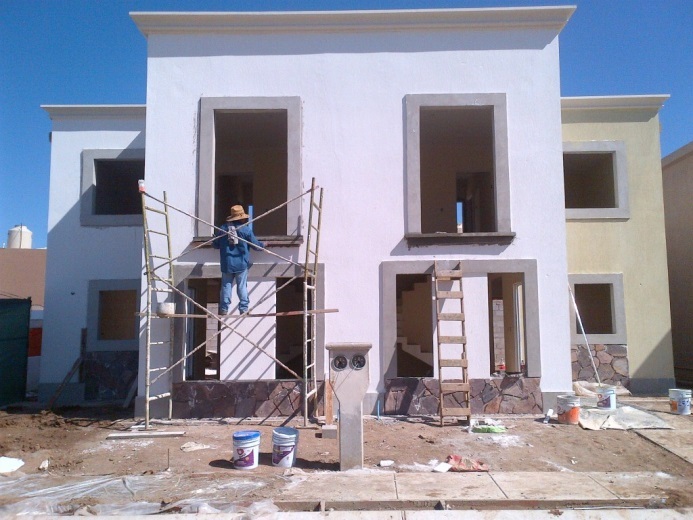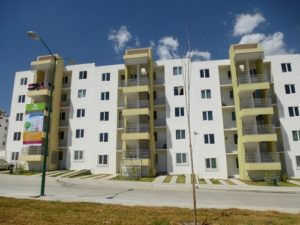This article was written on the first day of the new year 2017, hence I seize the golden oppourtunity to greet numerous readers of EnviroNews magazine a Happy New Year. I extend similar greetings to my numerous professional colleagues under the aegis of the Nigerian Institute of Town Planners (NITP), the focus of this article.
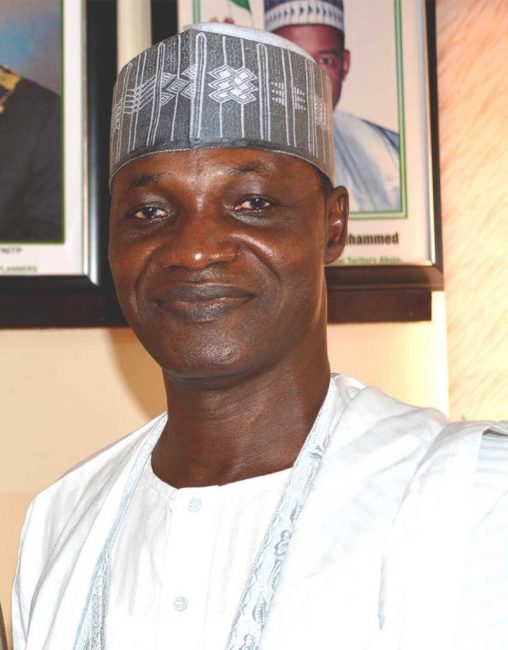
A new year connotes a new beginning and a time to advance new thoughts and ideas on how to make things work far better than the previous year. Literarily, I mean adding value to what one does as an individual or as an organisation. Applicatively, this writer intends to suggest this concept to the incumbent National President of NITP and members of his Executive Committee who were elected in November 2016, to manage the affairs of the Institute in the next two years under the leadership of Luka Bulus Achi, a Fellow of the Institute.
This homily will focus on the urgent issue of law and the constitution as it affects the Institute and on the need for continuity in order to improve its effectiveness as a professional body in the scheme of national development. For reason of space, this writer would serialise his random musings about what the focus of the present National Executive of NITP should be in subsequent articles. Readers may consider this one as the first installment of such intended serial articles.
On law and constitutional matters, the NITP still has many grounds to cover. Despite a subsisting national Urban and Regional Planning Law of 1992, which was dealt a lethal blow as a result of the Supreme Court landmark judgment delivered over 10 years ago, in which urban and regional planning matter resided as State function only, the inadvertent legal error is yet to be corrected. Commendable as it was then that the Institute pointed out the error in the judgment to the Federal Government that urban and regional is usually a tripartite matter all over the world…..a concurrent matter which all tiers of government (Federal, State, and Local governments) should participate, it has not gone beyond that point since 2006.
The Nigerian Urban and Regional Planning Law of 1992, as it is presently, has been rendered ineffective by the apex court judgment. Some of the provisions of the law are not being complied with by either the Federal, State or Local Government most especially about the establishment of the Institutional machinery for urban and regional planning at different tiers of government. Specifically, the law prescribes for the establishment of certain Institutions to be in charge of urban planning at different levels such as the Federal Urban and Regional Planning Commission, State Urban Development Boards and Local Planning Authorities. Part of the primary functions of each Institution includes the preparation of hierarchies of development plans such as the national physical plan, regional development plan, and local area physical development plan respectively.
The aspect of non-compliance with the planning Act was recently echoed in the Communique issued at the end of NITP’s Golden Jubilee/47th Annual Conference held in Abuja between October 31st to November 4, 2016. The Conference observed the:
“ ….ineffectiveness and the evolving nature of the existing physical planning laws in Nigeria and the non-implementation of the1992 Urban and Regional Planning Act; also noted that many States are yet to domesticate the 1992 Urban and Regional Planning Act.”
It went further to recommend that all instrumentalities of planning should be established at all tiers of government as prescribed in the national Urban and Regional Planning Act. Here in lies the knotty issue the NITP has not be able to unknot over the past 10 years.
The Institute is in illusion of a subsisting Federal planning law; but, unfortunately, the Federal Government and the National Assembly pay very little cognisance to the said law. And if the Federal Government does not fulfill its own bargain about that law, how can it expect the State and Local governments to fulfill their own obligations by domesticating the Act against the Supreme Court judgment which has not been reviewed or repealed till date? This is the crux of the matter.
Therefore, the NITP must find a way to lobby the National Assembly to see reason why the legislative body must first accept the existence of a Federal planning law (no matter the imperfection of the law) and agree to amend it in order to make it implementable and enforceable on the part of the State and Local governments. Without making this deft move, planning would be at a crossroad, legally. No matter the repetitive calls by the NITP for the State governments to domesticate the law and establish the necessary institutions for planning purpose. There must be “force of law” to obey the Federal law, while the Federal Government must also comply with the provisions of its own law. Leaving the State governments to voluntarily comply would be wishful thinking as obvious in the content of the NITP communique referenced earlier in this piece.
The planning and management of cities are always legalistic and guided by public policy decisions in a democratic setting. The Nigerian Constitution which is the supreme law of the country does not put “urban and regional planning” under the concurrent list, but under the list of residual matters. This is an aberration and a damaging error while at the same time it is contradictory.
For example, Chapter 11, Section 20 of the Nigerian Constitution mandates “the State (i.e Federal Republic of Nigeria) to protect and improve the environment and safeguard the water, air, and land, forest, and wildlife in Nigeria.” It went further to classify this function as exclusive legislative power under schedule sec.4 part 1, item 60(a) of the law. If government is to comply strictly with the constitutional provision, the protection of the Nigerian environment cannot be treated in isolation from the proper co-ordination of land use and physical planning in order to create a conducive and healthy environment in Nigerian cities. This is one pious argument why the Federal government should partake in urban and regional planning with certain “first order” functions reserved for its actual implementation.
Most importantly, the Federal Government currently provides policy guidelines for housing and urban development in the country and plays a leading role in matters of bilateral co-operation with International Organisations such as UN-Habitat, World Bank, City Alliance, Shelter Afrique and African Ministerial Conference on Housing and Urban Development. It is from these organisations that the Federal Government derives technical support and donor funding to address some of Nigeria’s housing and urban development problems. Through bilateral co-operation and direct Federal Government funding, some states have benefitted from urban development projects/programmes such as Urban Renewal and Slum Upgrading, Low-Income Housing, City Without Slum, Preparation of Structure Plans to eradicate slums and encourage revitalisation in some Nigerian cities. These are anchor projects which came from the initiatives of the Federal government. Most of the state governments have capacity issues in conceptualising these projects, but the Federal government provides regularly the capacity building to assist the state governments in that regard.
Given consideration to reasons advanced hereto and in order to stem regional imbalance so prevalent in Nigeria, Federal Government participation in urban and regional planning is inevitable. The Federal Government has the funds, expertise, and the constitutional mandate to protect the country’s environment. Therefore, the NITP, as part of its work plan in 2017 should intensify its clarion call to the National Assembly to review the current law for the purpose of putting urban and regional planning on the concurrent list in order to facilitate a tripartite participation.
Continuity is very important to whatever the new National Executive of the NITP does or plans to do in 2017. The incumbent National President is called upon to uphold the legacy of his predecessor in office, the late Dr. Femi Olomola under whom the former served as the National Vice President. When Dr. Olomola assumed the leadership of the Institute in 2015, he came up with a robust and commendable Seven-Point Agenda for the NITP. Albeit, he started the implementation of his agenda in earnest, but unfortunately, the journey was abruptly aborted due to his sudden death.
If the truth must be told, the relevance of Dr. Olomola’s Seven-Point Agenda to the survival of the NITP (which I crave the indulgence of readers to recapitulate in this piece for the sake of emphasis) cannot be faulted or overemphasised.
They covered the following pertinent issues:
- Law and constitutional matters.
- Promoting national security and reducing fraud
- Improving the asset base of the Institute
- Improving current operational modalities
- Need for NITP Strategic/Master Plan
- Sustaining human capital development, and
- Extensive publicity and public enlightenment on the value of the planning profession.
first item on the list refered to above is a recurring decimal matter which the NITP has been battling with for too long unresolved. It is the very fundamental issue the current National Executive of NITP under the presidency of Tpl. Lucas Achi should address urgently by taking “stock of the near-zero implementation of the Nigerian Urban and Regional Planning Law in states and at the federal level,” as Dr. Olomola expatiated in his address during his investure as the 21st National President of the NITP in February 2015.
It is to Dr. Olomola’s credit that he made valiant effort in this direction while he was alive. He personally met with the current President of the Nigerian Senate, Dr. Olusola Saraki, and made a formal request for a revisit of urban planning in Nigeria by harping on the need for the lawmakers to understand the importance of planning to national development; and essentially why urban and regional planning ought to be included in the concurrent list of the Nigerian Constitution so that all tiers of government in the country will have clearly stipulated and non-conflicting roles to play.
If Dr. Olomola went that far, it should be compelling for the Institute’s present National President to sustain the tempo of the dialogue with the headship of both Houses at the National Assembly (House of Representatives and the Senate) until something positive is achieved. This writer had, in previous articles in EnviroNews magazine and other Nigerian dailies (including informal discussions among professional colleagues), strongly canvassed the necessity for the NITP to up its visibility in the National Assembly by lobbying the legislators. This suggested tactic is for a purpose: to enable the Institute to be fully and legally recognised as a desirable professional Institute similar to the recognition accorded to the Nigerian Bar Association, Nigerian Society of Engineers, Nigerian Medical Association and Nigerian Institute of Architects by the legislative body.
Last word
To conclude this piece, let me counsel here that Tpl. Luka Achi already has his plate full on what his work plan should be during his tenure as the President of the NITP. He does not need to re-invent the wheel. Granted he may be nursing his own ideas on how to take the NITP to greater heights under his watch, it would be a great diservice to NITP and ignoble for him not to embrace part of the legacy of Dr. Olomola with regards to finding an enduring solution to the Institute’s age-long legal entanglement. It is when the NITP is legally recognised by the government will the Institute’s operational difficulties can be easily surmounted while public aversion and pent-up anger against town planners would gradually subside.
To be continued……
By Tpl. Yacoob Abiodun (Planning advocate; former pioneer Secretary, Federal Housing Policy Council, Abuja)

